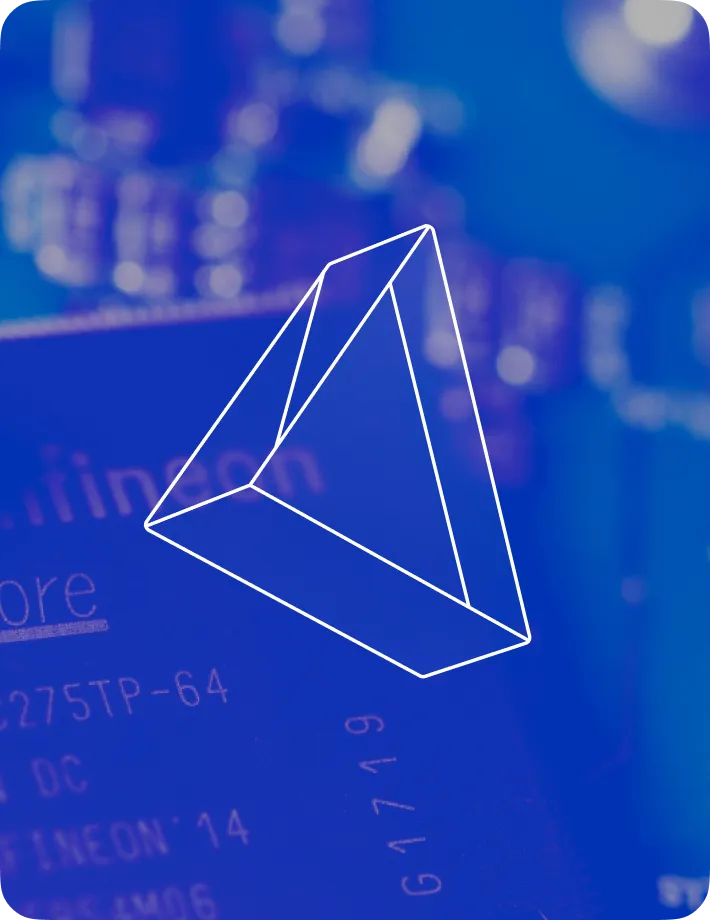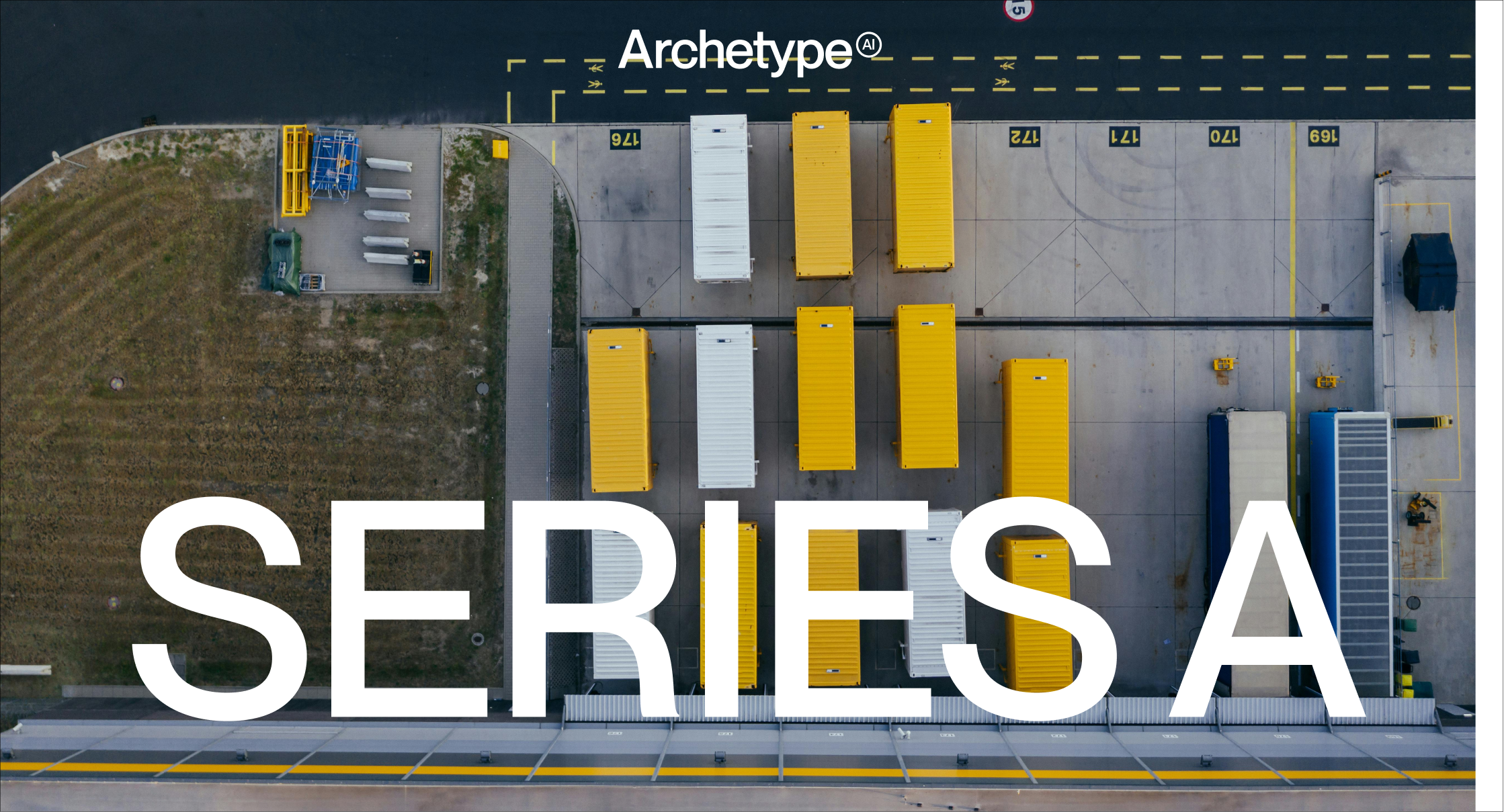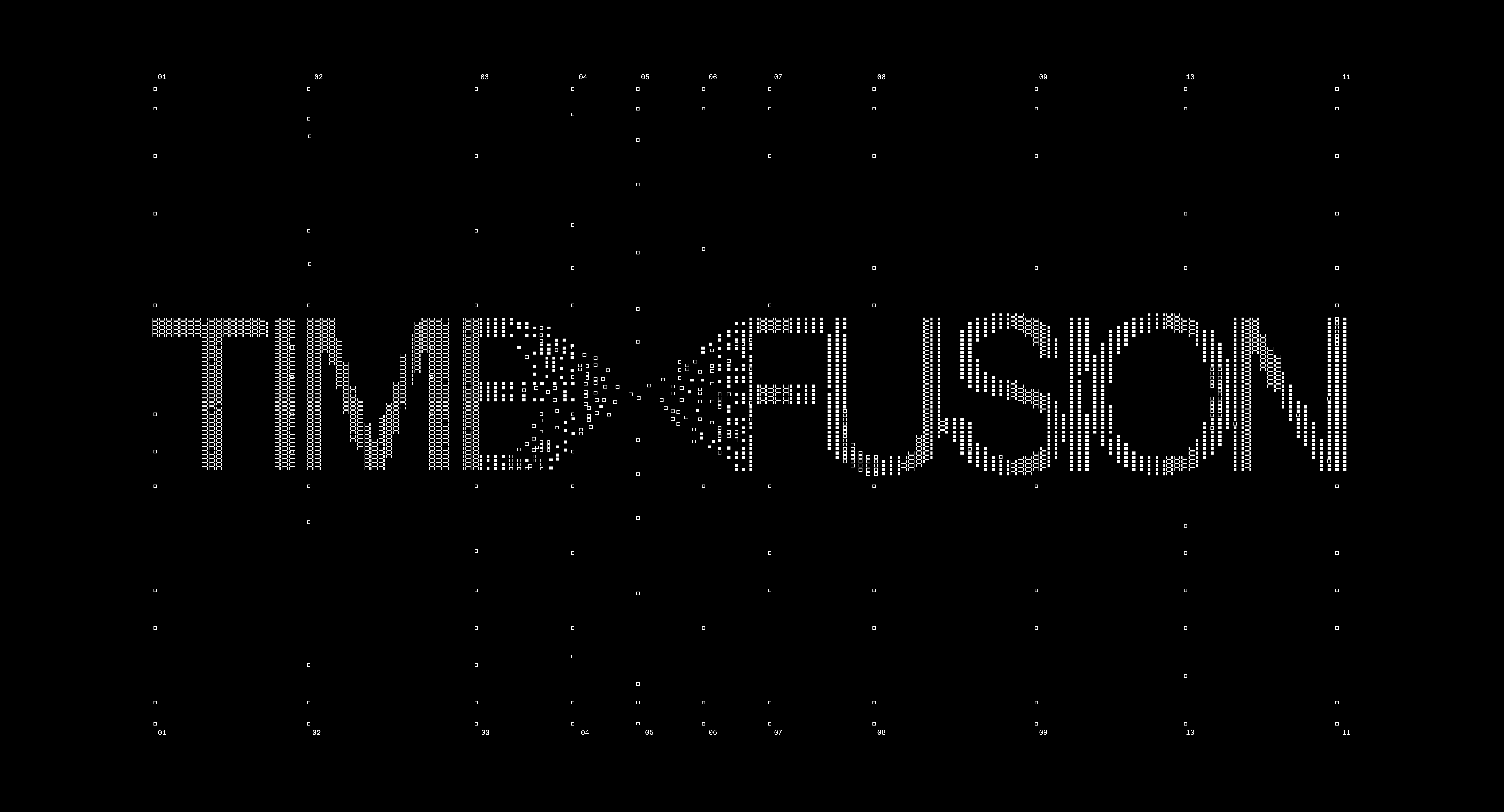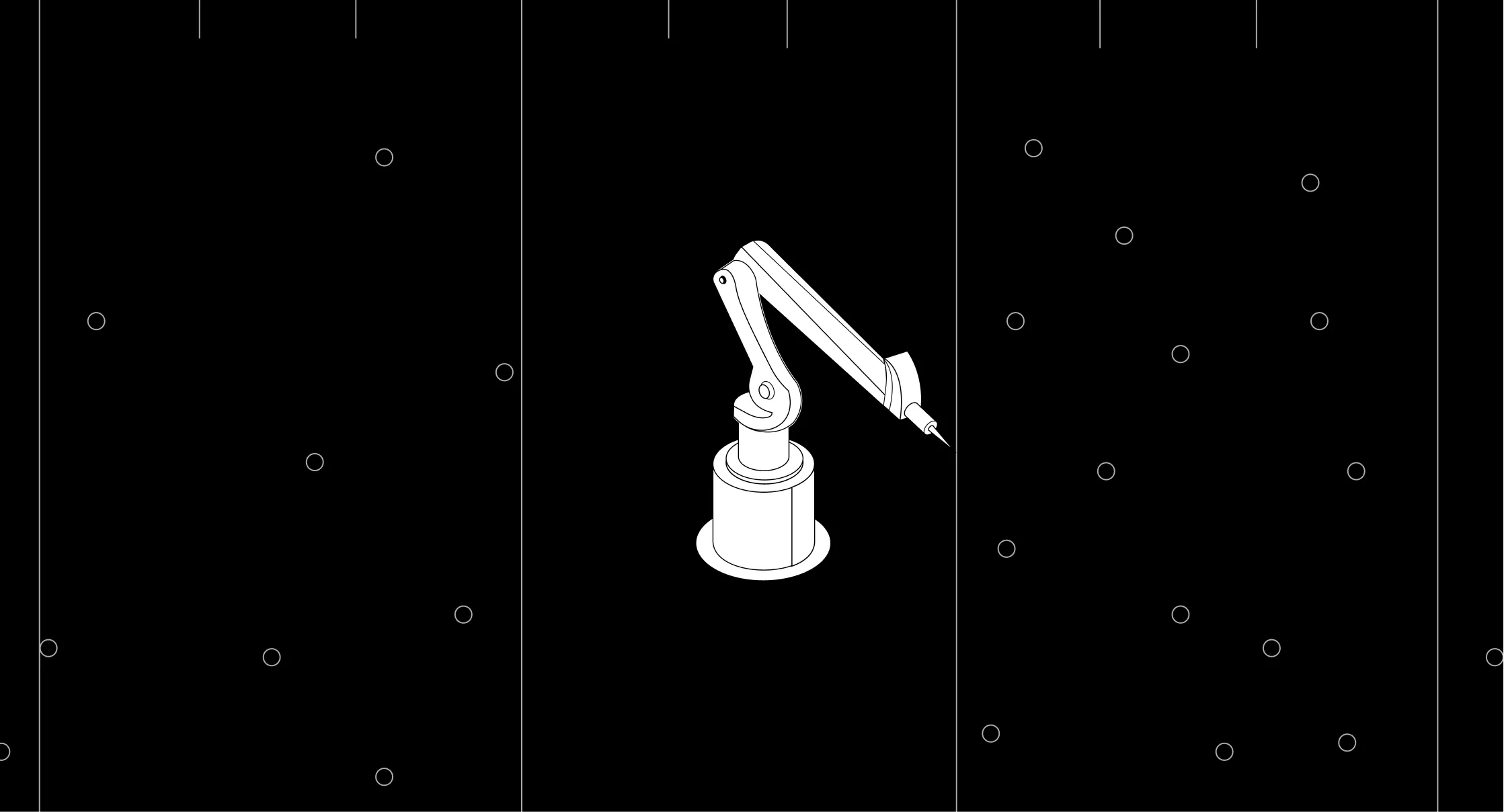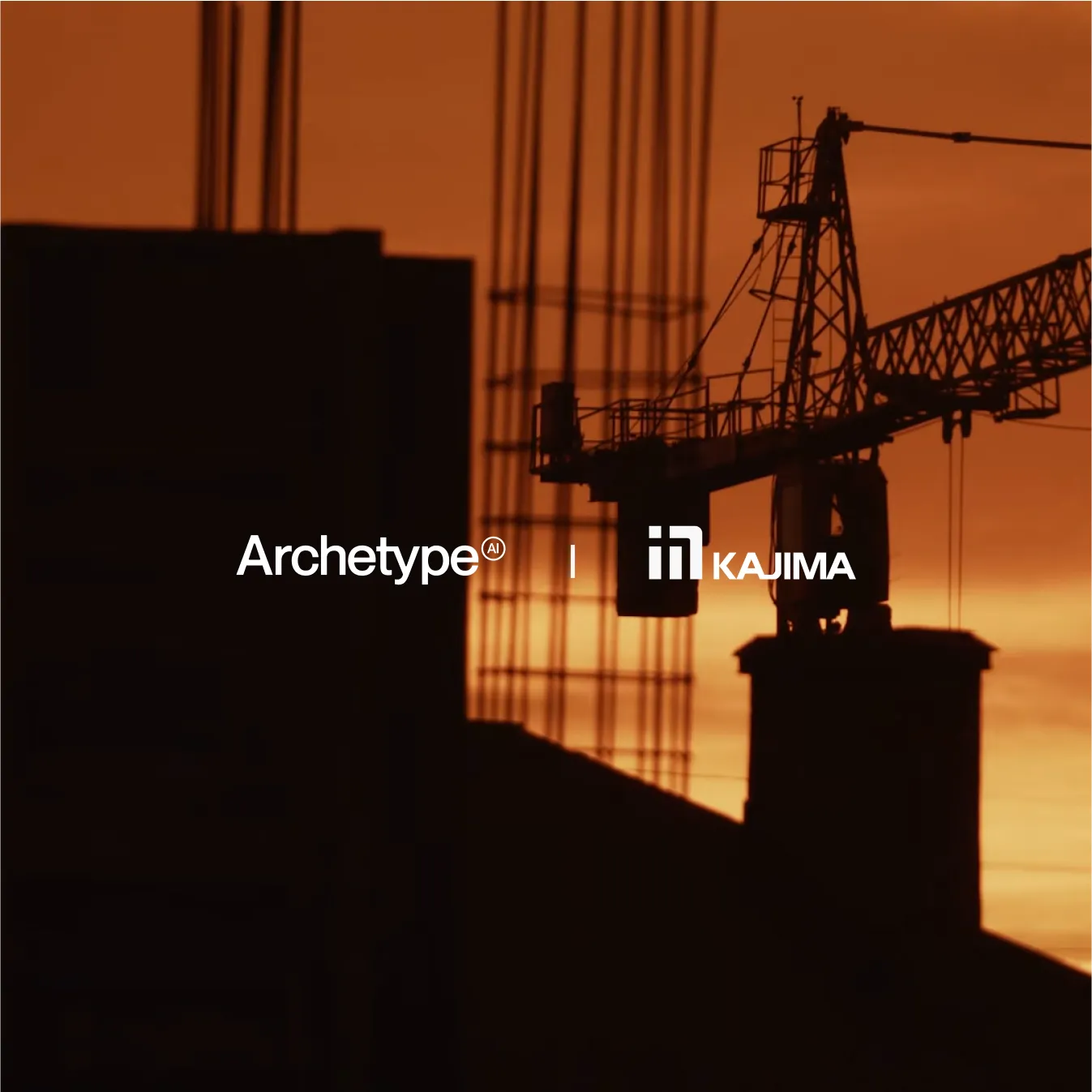How should we design interactions between people and AI, particularly when the stage of such interactions shifts from the screen to the world around us?
Generative AI is changing the way we interact with computers. While the user interface of chatbots and GUIs might seem familiar, how we interact with these models is unprecedented.
According to Jacob Nielsen, it is, in fact, a revolution:
“ChatGPT and other AI systems are shaping up to launch the 3rd user-interface paradigm in the history of computing — the first new paradigm in more than 60 years”.
Nielsen terms this new paradigm intent-based outcome specification. Users specify desired outcomes rather than instructing the computer on each step: users no longer tell the computer what to do; they tell the computer what outcome they want.
This emerging paradigm is still in its infancy, but the possibilities are immense. How should we design these collaborative interactions? And what happens when they move beyond the bounds of the screen?
How We Interact With AI
In the current landscape of Generative AI, we can identify three main interaction models: the dialog, the tool, and the engine.

As a Dialog
The dialog interaction model is utilized to engage in natural language conversations with users. The interaction metaphor of dialog in conversational AI is based on the concept of back-and-forth, two-way communication, much like a conversation between humans that progresses iteratively in a multi-turn fashion.
Ideally, these AI systems maintain context throughout the interaction like conversing with a friend. This includes understanding the current state of the conversation, remembering previous user inputs, and retaining relevant information to provide more coherent and personalized responses.
The UI in products resembles chatbots like ChatGPT, Gemini, and Pi.
As a Tool
In the tool interaction model, AI provides users with capabilities or functionalities to enhance their abilities or accomplish tasks more efficiently.
When this metaphor is used, AI’s role in this case is typically to automate tasks or processes that may be repetitive, complex, or time-consuming for humans.
From a UI perspective, these AI ‘tools’ are seamlessly integrated into existing workflows or processes, complementing human activities and following traditional GUI paradigms. A classic example is the autocomplete feature in Google Search or, more recently, Miro notes summarizations or Notion’s suggestions when highlighting text.
As an Engine
The engine metaphor positions artificial intelligence as a foundational element within an infrastructure, operating subtly in the background with minimal direct user interaction. AI autonomously makes decisions or optimizations based on data and predefined algorithms, reducing the need for explicit user input. This is particularly prevalent in cases where large volumes of data are in the background, such as recommendation engines used in Netflix or Amazon, as well as social media feeds such as Instagram.
It’s consistently generating insights and patterns to inform system behavior. The goal is to optimize system processes, resource allocation, or decision-making.
As a result, users have less agency or explicit control over the AI, as its primary role is to support and enhance the overall system's functionality. The AI engine continually learns and adapts to evolving conditions, improving its performance without direct user intervention.
